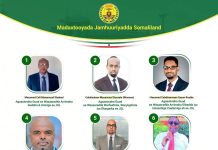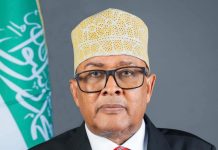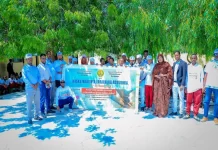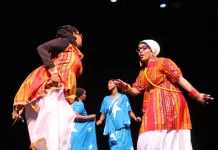UNFPA, the United Nations Population Fund, is marking World Population Day this year by highlighting the situation of teenage girls and the importance of empowering them and allowing them to participate in the development of their societies.
“The Arab region is home to nearly 400 million people, eight million more than at the end of 2015, and about six percent of the world’s population. Young people aged 10-24 constitute 29% of the region’s overall population, half of those are girls. Only 45.6% of these girls go to school, and their contribution to economic activity stands at 17.9%, while 46.5% of them are unemployed.”
Said Dr. Luay Shabaneh, UNFPA’s director for Arab region.
The Arab region has lately witnessed an annual demographic growth of 2.2%, compared to the global average of 1.2%, and a high fertility of 3.5%. An estimated 11 million people are refugees, or about 6.3% of the population, and 58% of the world’s total, and fifteen million of the overall region’s population is currently internally displaced, or 46% of the global figure. Conflicts and situations of displacement usually increase the occurrence of violence against women, including early marriage, child marriage, and trafficking, especially for girls.
Arab states face various demographic challenges including population movement, high fertility rates and accelerated growth, poor human capital, particularly among the young, in some countries. The region is also witnessing unprecedented rates of voluntary and forced migration and displacement, including migrant labor in the Gulf region in particular. Demography, therefore, is a crucial factor in the Arab region, one that has the potential to strain the 2030 Sustainable Development Agenda, if not adequately addressed in the design, planning, implementation, observation and evaluation of policies.
Family planning programs in the Arab region are still far less effective than what is necessary to achieve a positive demographic transition. Most states in the region are yet to adequately invest in youth, in their education and their health, their access to information, skills and opportunities. Most studies reveal that the majority of Arab states are still in pre-transition mode, notably Iraq, Mauritania, Sudan and the Comoros, or in early transition, where the percentage of the young is just increasing, as in Egypt, Jordan Palestine, Algeria, Syria, Libya, Yemen, Djibouti, Bahrain and Saudi Arabia. Some countries have managed to reach the later stages of the transition like Qatar, Kuwait, the UAE, Tunisia, Morocco, Lebanon and Oman, where lower fertility rates have allowed the youth category to be larger than that of children and elderly combined. This trend, if facilitated by adequate social policies, allows for more savings in households and better living standards.
The Arab states are therefore called upon to devise and implement adequate demographic policies and to incorporate demographic priorities in their social and economic plans. It is imperative that Arab governments ensure access to fundamental rights, including the right to life, access to health information, skills and services, the right to reproductive and sexual health services, to their populations particularly to girls. They also need to work towards the eradication of harmful practices, including early marriage and female genital mutilation (FGM).
“Girls are an untapped force in Arab economies, but have the potential to become a lifeline for the whole region. Girls make up a social and economic force for sustainable development, one which states would do well to invest in. But if practices like FGM, early marriage, gender-based violence, dropping out of school and exclusion from the workforce continue unabated, then poverty, inequality, underemployment, poor quality of human capital and dwindling prospects are only expected to rise, driving the young to risk their lives on rickety boats across the seas.”
Said Dr. Shabaneh.
Presse Release UNFPA ASRO Region, sponsored news by Somaliland Y-PEER.


































